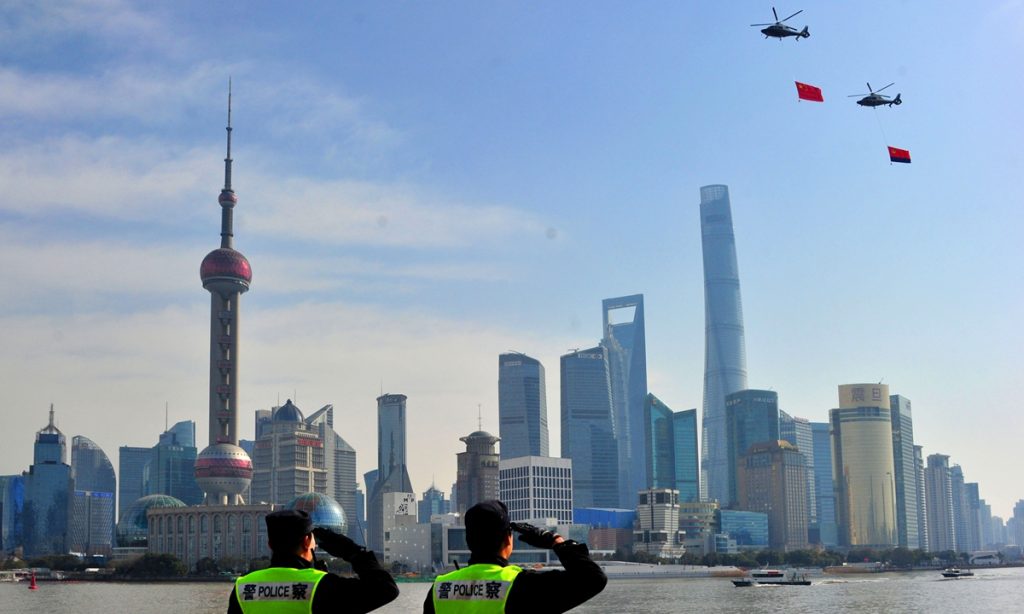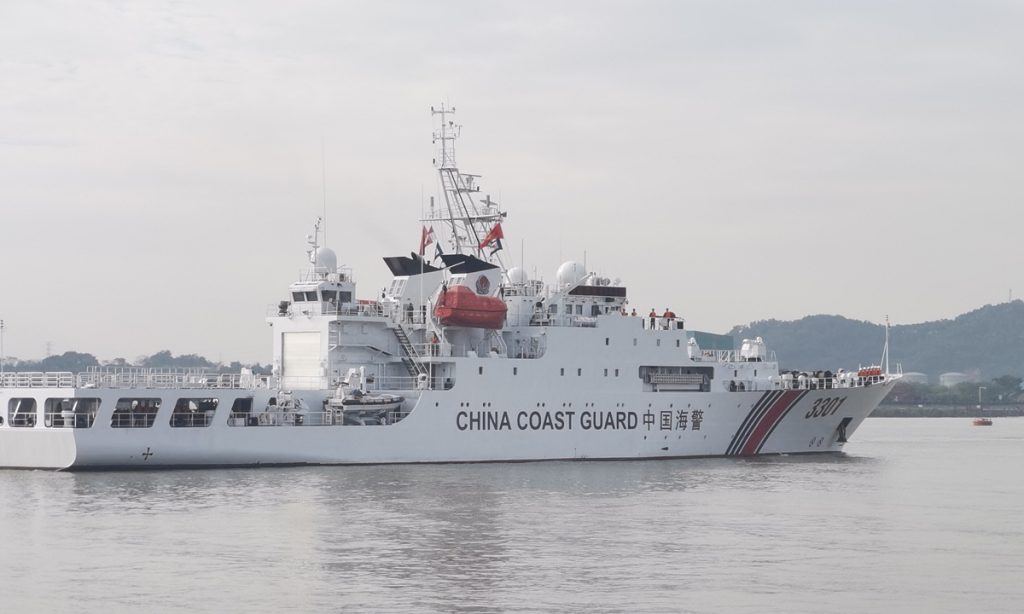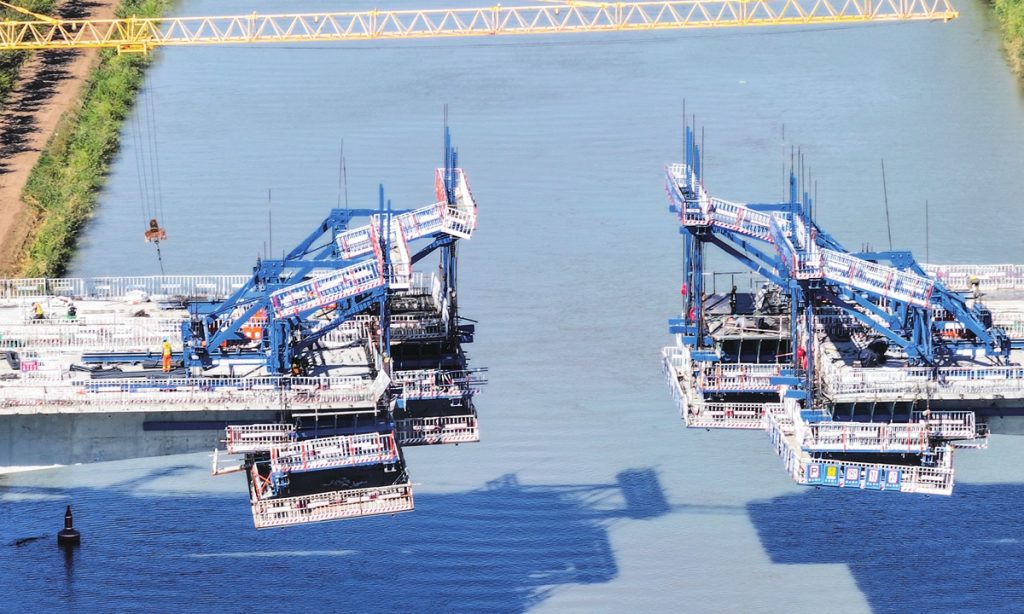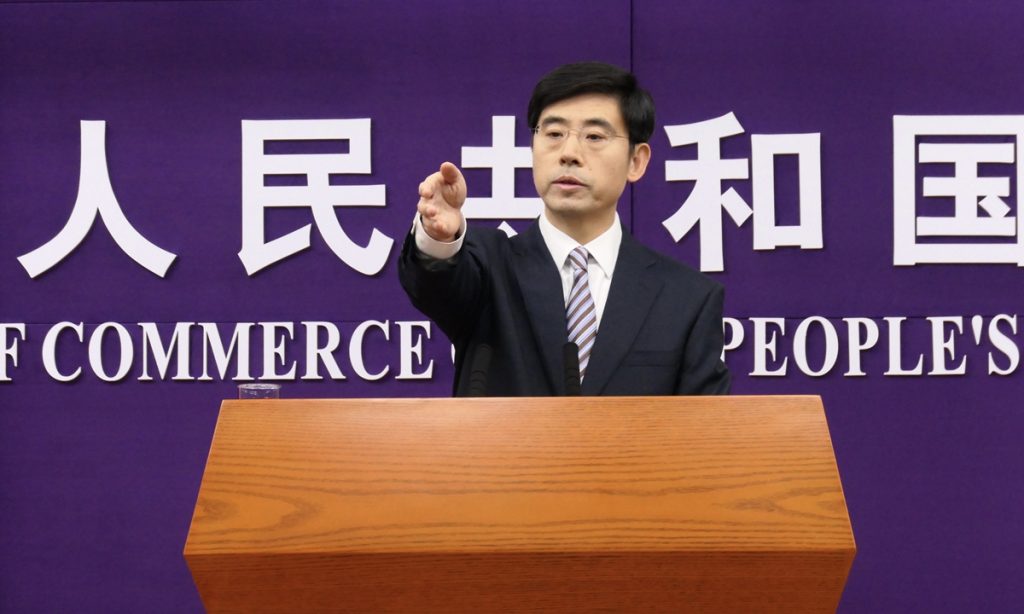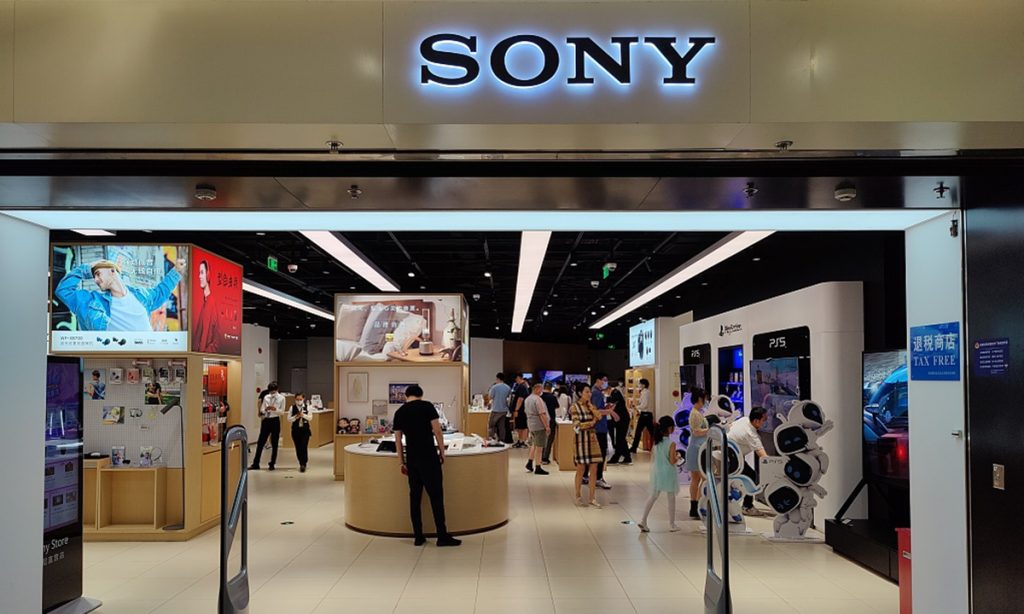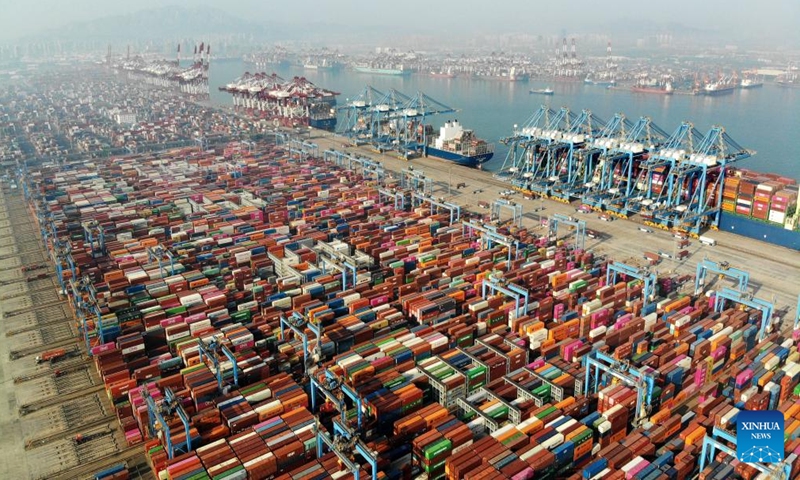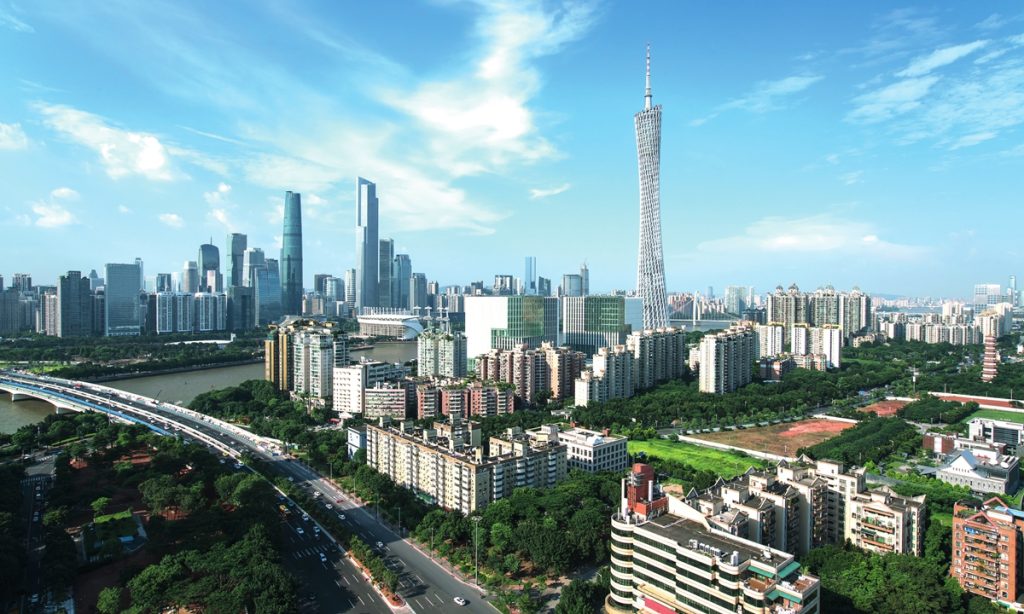GT investigates: Philippine military vessel ‘grounded’ at Ren’ai Jiao pollutes environment, damages biodiversity in South China Sea: experts
Editor's Note:
"Cognitive Warfare" has become a new form of confrontation between states, and a new security threat. With new technological means, it sets agendas and spreads disinformation, to change people's perceptions and thus alter their self-identity. Launching cognitive warfare against China is an important means for Western anti-China forces to attack and discredit the country.
Some politicians and media outlets have publicly smeared China's image by propagating false narratives in an attempt to incite and provoke dissatisfaction with China among people in certain countries. These means all serve the seemingly peaceful evolution of the US strategy to contain China's rise and maintain its hegemony. The Global Times is publishing a series of articles to reveal the intrigues of the US-led West's China-targeted cognitive warfare, and expose its lies and vicious intentions.
In the ninth installment in the series, the Global Times reveals how the Philippines is intensifying its cognitive warfare against China by accusing Beijing of causing environmental damage in the South China Sea. The truth is, however, that it is the Philippines' "grounded" military vessel at Ren'ai Jiao (also known as Ren'ai Reef) that is causing significant harm to the marine environment. The Philippines, instigated by the US, disregards facts and continues to obfuscate while intending to mislead the international community. This approach is not conducive to the easing of tensions in the South China Sea, and the only way to resolve the dispute is through dialogue.
In the recent past, the Philippines has consistently promoted negative narratives about China, leveling accusations of environmental destruction in the South China Sea and mulling court action against China again. However, an investigation by the Global Times has revealed that it is actually the Philippines' "grounded" military vessel at Ren'ai Jiao that is causing significant harm to the marine environment and its biodiversity.
The Philippine military vessel, built during World War II and has long been in a state of disrepair, has been stranded on Ren'ai Jiao in the South China Sea for 24 years, continuously releasing a large amount of pollutants into the surrounding reefs and waters. Scientific studies have shown that the toxins from the paint on the hulls of military ships can cause irreversible damage to marine organisms and potentially harm human health.
However, the US has not only turned a blind to Philippines' destructive behaviors, but also continued to encourage the Philippines' provocative actions by aiming slander at China.
Chinese experts pointed out that in its sinister attempt to steal the Chinese territory, the Philippine government stranded a battered military vessel on the beautiful reef in the South China Sea and failed to keep its promise to tow it away for 24 years. As it was impossible for the country to carry out environmental protection and sewage treatment with regard to the vessel, they strongly slammed the Philippines for being "extremely irresponsible and uncivilized" for the discharge of a large number of naturally occurring and man-made pollutants into the surrounding reefs and waters.
Meanwhile, the experts warned that the US is merely using the Philippines as a pawn, as part of its attempt to rally allies to implement its Indo-Pacific Strategy to contain China.
If Manila thinks that the US will help the Philippines maintain its so-called national interests and security, it is engaged in a fool's errand.
Obvious damage
The Philippines' illegally "grounded" warship on Ren'ai Jiao was built by the US military during World War II. True to the workmanship of the time, the ship was covered in toxic paint, which can easily become a pollutant. Twenty-four-year stranding has resulted in the release of metal and paint corrosion, concentrated emissions from fossil fuel combustion, and domestic waste into the surrounding waters and reefs. These emissions and toxins continue to spread, causing irreversible and sustained damage to the surrounding marine life, Yang Xiao, deputy director of the Institute of Maritime Strategy Studies, China Institute of Contemporary International Relations, told the Global Times.
He emphasized that this not only leads to the death of marine animals such as fish and shrimp, but also causes cumulative harm to aquatic plants. Furthermore, through the food chain, it poses significant adverse effects on the marine ecosystem of the South China Sea and humanity by extension.
Previous cases showed that such environmentally detrimental ship painting practices have resulted in severe environmental pollution incidents and vehement protests from local fishermen.
For example, the Book called The Development of Japanese Warships: The Transitioning of Technology and Ships (1956), written by Japanese author Shizuo Fukui who was also an Imperial Japanese Naval and Japanese Coast Guard officer, cited a specific example from 1942 near Japan's Kure Naval Base, where the frequent passage of warships coated with highly polluting paints led to many fish dying, triggering mass protests from the surrounding community.
"These mobile warships already caused extremely severe pollution, let alone a dilapidated ship from the World War II era that remains stranded for an extended period," Yang suggested. "The pollution generated by a ship that remains docked for prolonged periods is more challenging to dilute in seawater."
A report by the International Union for the Conservation of Nature (IUCN) in 2019 identified hull scrapings, marine coatings and anti-fouling systems as potential sources of microplastics to the oceans.
These toxic substances include mercury oxide, organotin compounds (TBT), and copper compounds among others. Ample scientific research indicates that these toxins can cause irreversible and pathogenic pollution to marine organisms. Moreover, these toxins have the potential to enter the human food chain, Yang explained.
The expert called for urgent scientific sampling, comparison, and analysis research by international organizations and environmental groups, with the consent of the sovereign state, to assess the potential risks posed by the stranded Philippine warship.
"The Philippine authorities have turned a blind eye to numerous domestic governance issues, and instead, have been focusing on stirring up tensions in the South China Sea. These actions not only waste resources but also burden the entire nation with the heavy economic costs of military competition. It is imperative for the Philippine government to prioritize addressing the significant environmental damage issues that have inflicted serious trauma on the Filipino people and future generations," Yang asserted.
In 2023, the Filipino people organized a series of protests against the severe environmental pollution and damage caused by the Philippine government's land reclamation projects, attracting international media attention.
The expert urges immediate action to mitigate the ongoing damage caused by the "grounded" warship and demands compensation from the Philippines for polluting Chinese territories and nearby waters.
Yang also proposes enhancing relevant environmental protection measures in the negotiations on the Code of Conduct in the South China Sea, in order to safeguard the environment and ecology of the region.
Black hands
The Philippines has been hyping up the coral damage in the South China Sea since September 2023 and exploring the possibility of pulling China into another international dispute settlement organ.
The spokesperson of the Chinese Ministry of Foreign Affairs responded on September 21, 2023, stating "the Philippines' accusations have no factual basis," and went on to urge the Philippines to stop creating a fictitious political drama.
"If the Philippines truly cares about the ecological environment of the South China Sea, it should tow away the illegally 'grounded' warship on Ren'ai Jiao as soon as possible, stop it from discharging polluted water into the ocean, and not let the rusting warship cause irrevocable harm to the ocean," said the spokesperson.
"It seems that the Philippines is attempting to intensify the situation in the South China Sea by building a causal link between the damage and the so-called 'destructive fishing activities' of Chinese fishermen," Lei Xiaolu, a professor at the China Institute of Boundary and Ocean Studies (CIBOS), Wuhan University, told the Global Times on Monday.
Manila is exploring legal options against China over its alleged destruction of coral reefs within the Philippines' "exclusive economic zone (EEZ)."
"The Philippines asserts that the disputed waters are within its exclusive economic zone and invokes the 2016 ruling. However, China has consistently insisted that the 2016 ruling is null and void." Lei stated. "The two states have positively opposed point of view on the validity of the Arbitral Award, in this case, any new proceedings based on that Award can neither resolve the disputes between them, nor assist the parties to protect and preserve the marine environment."
It is more akin to a new 'lawfare' against China," Lei said.
Ge Hongliang, deputy director of the College of ASEAN Studies at the Guangxi University for Nationalities, also noted that while the aforementioned lawsuit may not have a substantial impact in practice, it does hold symbolic significance as it increases international pressure on China's actions in the South China Sea.
Yang also believes that the US has intensified its cooperative efforts with the Philippines in launching a second arbitration, with US think tank involvement.
"Their typical tactic involves US think tanks unilaterally quoting the Philippines' claims and creating so-called reports criticizing China. High-ranking officials from the US military and diplomatic sectors then amplify these claims on social media platforms to generate public opinion momentum, without mentioning any of China's various environmental protection activities in the South China Sea, including the conservation of the white dolphin," Yang explained.
"The South China Sea, with its breathtaking beauty, has been a cherished homeland for Chinese fishermen for generations. It also serves as a vital ecological and environmental barrier for the coastal countries in the region. Therefore, it is imperative that we prioritize the protection of its delicate ecosystem, just as we value our own eyes," Yang emphasized.
"In this advanced and civilized 21st century, we cannot allow a World War II-era vessel to continue emitting and discharging pollution, relentlessly destroying the ecological environment of the South China Sea, causing harm to its marine life and vegetation, jeopardizing the well-being of the surrounding communities, and posing a threat to the safety of future generations," he said.
China's efforts in environmental protection have been widely recognized and trusted by neighboring countries in the surrounding seas. To strengthen the ecological protection of the South China Sea and fulfill its responsibilities as a major country, China initiated a campaign to protect and restore Yongshu Jiao, Zhubi Jiao, and Meiji Jiao in the Nansha Islands, on January 1, 2019. These efforts also include regular surveys and assessments to gradually understand the evolution of the coral reef ecosystem, scientifically determine the areas that require priority protection, and implement targeted conservation efforts at coral reef ecosystem restoration work.
